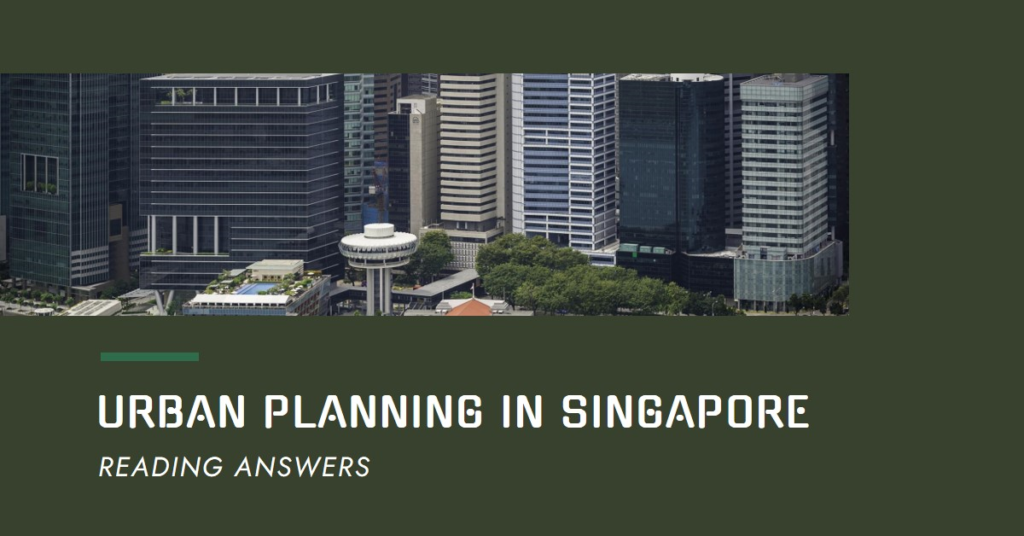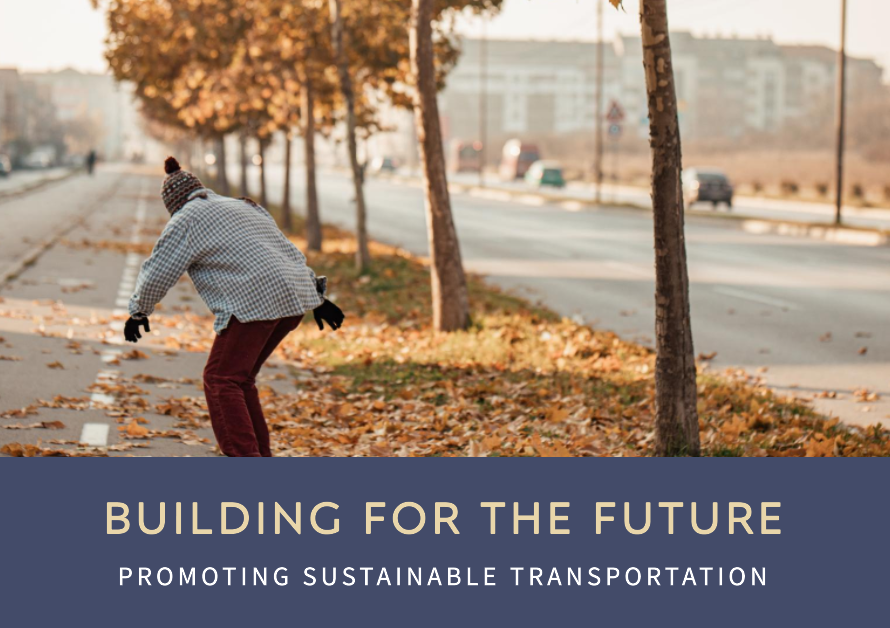
Table of Contents
- Introduction: The Blueprint of a Modern City
- Historical Context: The Genesis of Urban Planning in Singapore
- The Master Plan: A Vision for the Future
- Public Housing: The Heartbeat of Urban Planning
- Green Spaces: Integrating Nature into the Urban Fabric
- Transportation: A Seamless Connectivity Network
- Sustainable Development: Balancing Growth with Environmental Stewardship
- Technological Integration: The Smart Nation Vision
- Community Engagement: Inclusive Planning for a Cohesive Society
- Challenges and Future Prospects: Navigating the Path Ahead
- Conclusion: A Model for the World
Introduction: The Blueprint of a Modern City
Singapore, a bustling metropolis and a global hub, is renowned for its meticulous urban planning. From its inception as a British colony to its current status as a sovereign city-state, Singapore’s urban planning has been pivotal in shaping its success. This blog delves into the intricate details of Singapore’s urban planning strategies, providing insights into how the city-state manages to balance development with sustainability.
Historical Context: The Genesis of Urban Planning in Singapore
Urban planning in Singapore dates back to the early 19th century when Sir Stamford Raffles, the founder of modern Singapore, envisioned a structured and organized city. His 1822 Town Plan, also known as the Jackson Plan, laid the groundwork for Singapore’s urban development. Raffles’ vision was to create a grid system, ensuring systematic growth and efficient land use.
In the subsequent decades, Singapore underwent rapid transformation. Post-independence in 1965, the nation faced significant challenges such as housing shortages and limited resources. The government responded with a series of strategic plans that prioritized public housing, infrastructure development, and economic growth. These early efforts established a strong foundation for modern urban planning in Singapore.
The Master Plan: A Vision for the Future
At the heart of Singapore’s urban planning is the Master Plan, a statutory land use plan that guides the city-state’s development over the next 10 to 15 years. The Master Plan outlines land use policies and ensures that development aligns with national objectives. It is reviewed every five years to adapt to changing needs and emerging trends.
The Urban Redevelopment Authority (URA) oversees the implementation of the Master Plan. The URA’s holistic approach includes considerations for residential, commercial, industrial, and recreational areas. The Master Plan promotes a high quality of life by emphasizing accessibility, connectivity, and sustainability. This comprehensive planning ensures that Singapore remains a liveable and vibrant city for its residents.
Public Housing: The Heartbeat of Urban Planning
Singapore’s public housing program, managed by the Housing and Development Board (HDB), is a cornerstone of its urban planning success. Nearly 80% of Singapore’s population resides in HDB flats, which are renowned for their quality, affordability, and integration of amenities.
The HDB’s approach to public housing goes beyond mere construction. It involves creating entire communities with schools, healthcare facilities, parks, and commercial centers. This holistic development ensures that residents have access to essential services within their neighborhoods, fostering a sense of community and improving the quality of life.
Green Spaces: Integrating Nature into the Urban Fabric
Singapore is often referred to as the “City in a Garden,” a testament to its commitment to integrating green spaces into urban areas. The National Parks Board (NParks) plays a crucial role in this endeavor, managing an extensive network of parks, gardens, and nature reserves.
Urban planning in Singapore emphasizes the creation and maintenance of green spaces to enhance biodiversity, provide recreational opportunities, and improve air quality. Iconic projects such as Gardens by the Bay and the Southern Ridges exemplify how green spaces are seamlessly woven into the urban landscape, offering residents and visitors alike a respite from the bustling city environment.
Transportation: A Seamless Connectivity Network
Efficient transportation is vital for any urban area, and Singapore excels in this aspect. The city-state boasts a world-class public transportation system that includes buses, trains, and a network of well-maintained roads. The Land Transport Authority (LTA) is responsible for planning and managing transportation infrastructure, ensuring seamless connectivity across the island.
The Mass Rapid Transit (MRT) system forms the backbone of Singapore’s public transportation, complemented by an extensive bus network. Urban planning strategies emphasize transit-oriented development (TOD), ensuring that residential and commercial areas are well-connected to public transport nodes. This approach reduces reliance on private vehicles, mitigates traffic congestion, and promotes sustainable urban mobility.
Sustainable Development: Balancing Growth with Environmental Stewardship
Sustainability is a key pillar of Singapore’s urban planning philosophy. The city-state strives to balance economic growth with environmental stewardship, implementing policies that promote energy efficiency, waste reduction, and resource conservation. The Sustainable Singapore Blueprint outlines the nation’s long-term sustainability goals, focusing on areas such as water and energy management, green building standards, and urban biodiversity.
Innovative initiatives, such as the Zero Waste Masterplan and the Singapore Green Building Masterplan, showcase the city’s commitment to sustainability. These plans encourage the adoption of sustainable practices in construction, waste management, and everyday life, ensuring that Singapore remains resilient in the face of environmental challenges.


Technological Integration: The Smart Nation Vision
Singapore’s urban planning is deeply intertwined with its Smart Nation initiative, which leverages technology to enhance urban living. The Smart Nation vision aims to harness data and digital innovation to improve public services, enhance connectivity, and foster economic growth.
Key projects under the Smart Nation initiative include the development of a nationwide sensor network, smart public housing, and the deployment of autonomous vehicles. These technological advancements are integrated into urban planning to create a more efficient, sustainable, and liveable city. The seamless fusion of technology and urban planning ensures that Singapore remains at the forefront of innovation.
Community Engagement: Inclusive Planning for a Cohesive Society
An often-overlooked aspect of urban planning is community engagement. In Singapore, public participation is an integral part of the planning process. The government actively seeks feedback from residents through public consultations, exhibitions, and online platforms, ensuring that the voices of the community are heard.
Community engagement fosters a sense of ownership and responsibility among residents, leading to more successful and sustainable urban developments. By involving the public in the planning process, Singapore ensures that its urban landscapes reflect the needs and aspirations of its people, promoting social cohesion and inclusivity.
Challenges and Future Prospects: Navigating the Path Ahead
Despite its successes, Singapore’s urban planning faces several challenges. Limited land resources, a growing population, and climate change pose significant hurdles. To address these issues, Singapore is exploring innovative solutions such as land reclamation, underground developments, and climate resilience strategies.
Looking ahead, the city-state aims to enhance its urban planning practices by incorporating more advanced technologies, fostering greater community involvement, and prioritizing sustainability. The continuous evolution of Singapore’s urban planning will ensure that it remains a model for other cities worldwide, demonstrating how thoughtful, strategic planning can create a liveable, resilient, and vibrant urban environment.
Conclusion: A Model for the World
Singapore’s urban planning is a testament to the power of visionary leadership, strategic thinking, and community involvement. The city-state has successfully transformed itself from a small trading post into a global city renowned for its liveability, sustainability, and innovation. By continuously adapting and evolving its urban planning practices, Singapore serves as a model for cities around the world, offering valuable lessons in how to create a harmonious and thriving urban environment.
Urban planning in Singapore is not just about building infrastructure; it is about creating a future where people can live, work, and play in a sustainable and inclusive manner. As the city-state continues to grow and develop, its commitment to thoughtful, strategic planning will undoubtedly ensure its continued success and prosperity.


